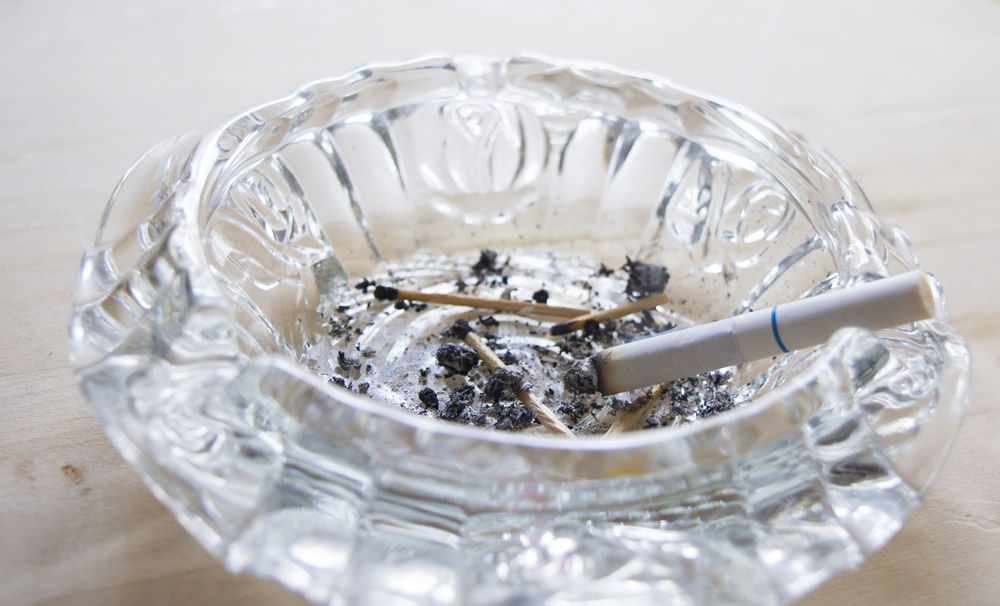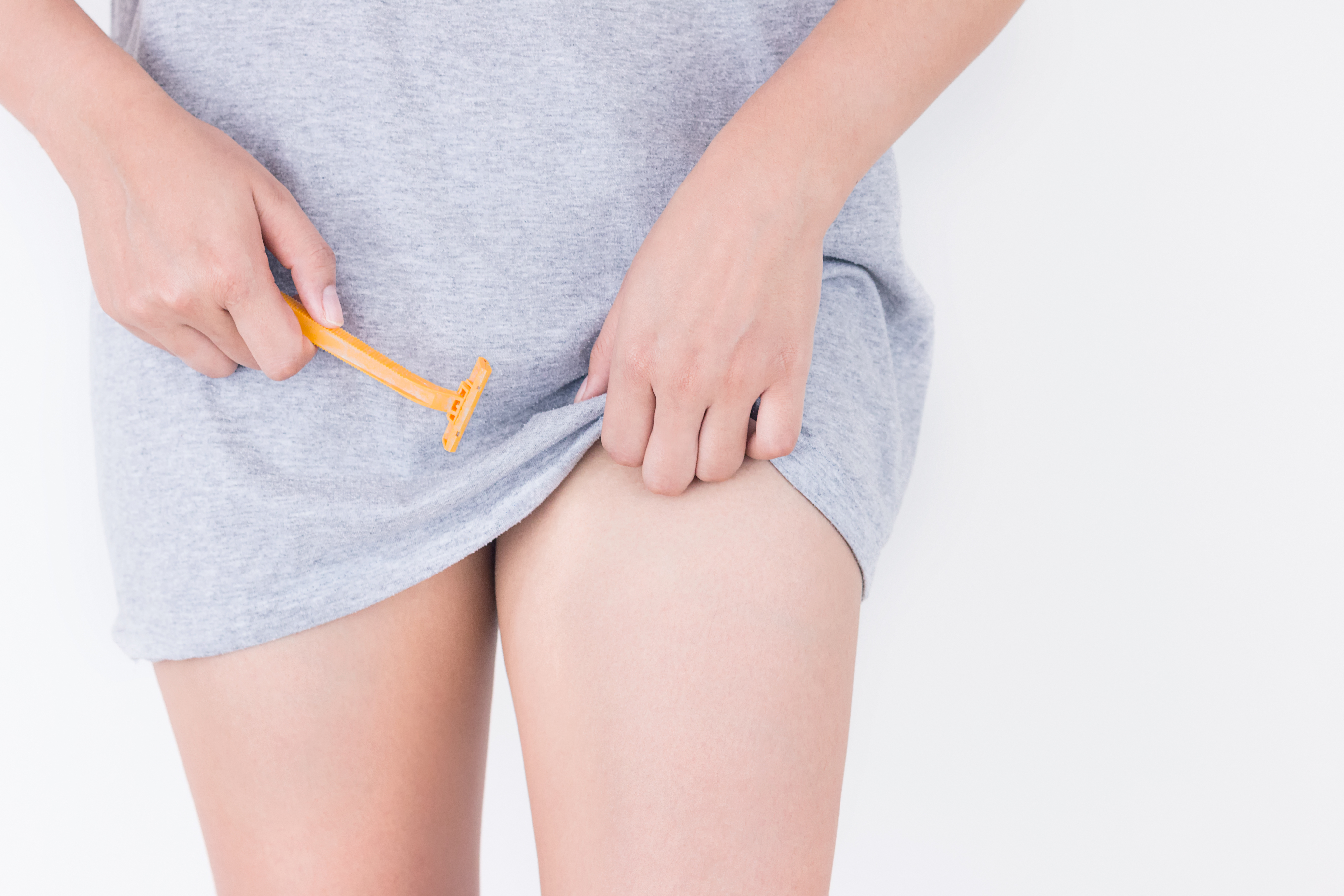Contents:
- Medical Video: Episiotomy
- How do you not tear your vagina during a normal delivery?
- 1. Prepare your body before labor
- 2. Massage the perineum
- 3. Pay attention to your position during childbirth
- 4. Arrange your breathing and know when to push
- 5. Use warm water compresses
Medical Video: Episiotomy
Normal childbirth is not something that is easy to do, even though this is a natural occurrence. Sometimes, during normal childbirth, several actions must be taken to facilitate the way out of the baby. For example, episiotomy or better known as vaginal scissors, but this does not apply to every labor.
Some women who don't get an episiotomy may experience a torn vagina. This becomes a common thing during normal childbirth. However, both episiotomy and vaginal tears during childbirth can both be avoided.
How do you not tear your vagina during a normal delivery?
A torn vagina is a common thing. Nearly 90% of women experience a torn vagina during childbirth, but most only have small tears. A torn vagina occurs because the baby's head drops below the vagina and moves to the perineum during labor. However, if the vaginal skin and perineum (the area between the vagina and anus) are not stretched enough, then the baby's head push can make the vagina tear. If the doctor thinks that the vaginal tear will be large, then you might get an episiotomy.
If you are afraid of getting these two things, don't worry. You can do the efforts below to reduce your risk of getting an episiotomy or torn vagina.
1. Prepare your body before labor
Yes, childbirth is something that you have to prepare from afar. Starting from physical preparation to mental preparation. To prepare your body, you may need to exercise regularly.
In addition to maintaining your fitness, exercise can also improve your blood circulation. This can then help you improve skin elasticity. Kegel exercises or pelvic floor exercises can also strengthen your pelvic floor muscles, thus helping you during labor.
In addition to exercise, you also need to eat healthy foods to ensure your nutritional needs are met properly. Good nutrition and hydration can support the health of your skin and muscles. This can support stretching of the perineal muscle during childbirth and recovery of the body after childbirth. Some good essential nutrients you fulfill are good fats (especially omega-3 fatty acids), protein, vitamin E, vitamin C, zinc.
2. Massage the perineum
Perineal massage during pregnancy can help prepare your perineum for birth so the risk of a torn vagina can be reduced. Perineum itself is an area between the vaginal opening and your anal canal.
Perineal massage can also prevent you from episiotomy. Not only does it help with physical problems, perineal massage during pregnancy can also increase a woman's confidence in her body's ability to stretch and give birth to a baby.
3. Pay attention to your position during childbirth
Your position during childbirth has a considerable influence on the possibility of a torn vagina. Lying with your feet raised or a half-lying position can put pressure on the coccyx and perineum, so that it can increase the likelihood of a torn vagina.
Find your most comfortable position during childbirth. You are free to move during labor to find your best position. The recommended position to reduce the possibility of a torn vagina is to lie facing your left side.
4. Arrange your breathing and know when to push
Before pushing to get your baby out, you should adjust your breathing well. Calm down, follow your instincts to push and also follow the instructions given by your doctor. There are times when you have to push and also when you have to breathe.
Straining when it's not needed will only increase your risk of experiencing a torn vagina. You also do not need to push with full strength throughout your body while holding your breath. This can actually reduce the supply of oxygen into your body and baby.
Bad, this can also inhibit the backflow of your blood causing swelling. You might breathe, then push while holding your breath. But to prevent the occurrence of tears, you should exhale slowly when you push.
When the baby's head has touched your vagina, you may feel a stinging and depressed sensation. However, don't rush to push to get your baby out. Wait until your perineum is really stretched so that it fits the size of your baby's head. If it is forced when your perineum is not fully stretched, your vagina may tear.
5. Use warm water compresses
When your baby has gone down to the pelvic floor and will come out soon, a warm water compress might help reduce the possibility of a torn vagina. Warmth can increase blood flow to the perineum area and help relax your vaginal muscles. This helps you reduce pain.












